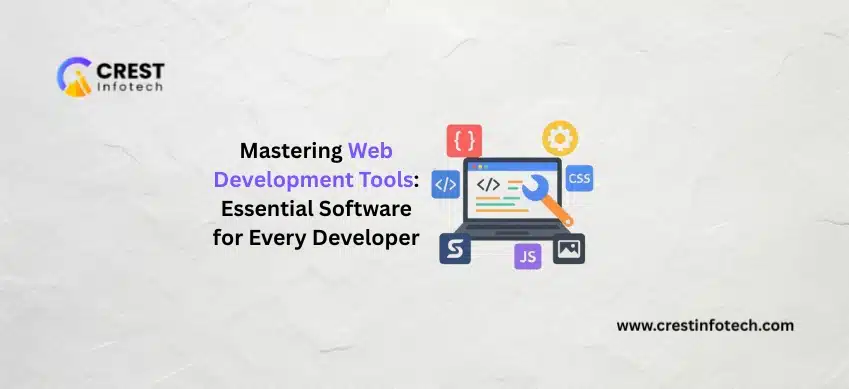1. Understand Shopify’s Core Structure
Shopify development is centered around themes, built using Liquid, Shopify’s templating language. It’s essential to understand the structure, which includes assets, layout, templates, and sections. Familiarize yourself with Liquid, as well as HTML, CSS, and JavaScript, to create custom and dynamic layouts that meet your clients’ needs.
2. Leverage Shopify’s APIs
Shopify offers several APIs, such as the Storefront API and Admin API, which allow you to extend the platform’s functionality. You can use them to customize the user experience, manage inventory, and streamline the checkout process. These APIs open up endless possibilities for integrations, like linking your store with third-party tools or building custom apps for unique functionalities.
3. Focus on Responsive Design
Mobile commerce accounts for a significant portion of online sales, so your Shopify store must be optimized for mobile devices. Use responsive design practices, ensuring that your store is visually appealing and functions well on all screen sizes. Shopify themes typically include mobile-friendly layouts, but customizing and testing them on various devices will ensure seamless navigation and a better user experience.
4. Optimize for Performance
Page load speed is crucial for e-commerce success. Optimize images and use lazy loading to ensure your site performs well, even with high-quality visuals. Minify CSS and JavaScript files, and limit the number of apps and plugins you install, as each additional element can slow down your site.
5. Utilize Shopify Sections and Blocks
Shopify’s section-based theme structure allows you to build modular, customizable themes that store owners can easily adjust. By utilizing sections and blocks, you can create dynamic and interactive pages that can be rearranged without coding knowledge. This also helps store owners have more control over the design and content of their storefronts.
6. Implement SEO Best Practices
Search engine optimization (SEO) is critical to driving organic traffic. Shopify provides built-in SEO tools, but you should go further by customizing meta tags, creating clean URLs, and using structured data for rich snippets. Focus on optimizing page speed, adding alt text for images, and developing an internal linking strategy.
7. Enhance User Experience with Custom Features
To create a memorable shopping experience, consider integrating custom features like product filters, live chat, or wish lists. These enhancements can improve user engagement and help customers find what they need more easily. Shopify’s flexibility allows you to build these features using Liquid or through third-party apps and APIs.
8. Test Extensively
Before launching any Shopify store, thorough testing is essential. Ensure that the site performs flawlessly across different browsers and devices. Test the checkout process, search functionality, and navigation to avoid potential issues that could lead to abandoned carts or a poor user experience.
9. Use Shopify App Extensions Judiciously
While Shopify offers thousands of apps to extend store functionality, using too many can slow down the store or introduce conflicts. Be selective and only install apps that are necessary for improving performance, user experience, or back-end processes.
10. Stay Updated with Shopify’s Ecosystem
Shopify frequently updates its platform with new features and capabilities. To stay ahead of the competition and continue delivering top-tier stores, keep yourself informed about the latest Shopify updates, app integrations, and development tools. Join Shopify’s developer community, attend webinars, and follow official Shopify blogs.
Conclusion
Mastering Shopify development takes time, but following these essential tips will put you on the path to creating stunning, high-performing e-commerce stores. Whether it’s optimizing performance, using APIs to build custom features, or staying updated on Shopify’s latest tools, you can enhance both the appearance and functionality of your online stores, ensuring they meet the needs of today’s e-commerce shoppers.



